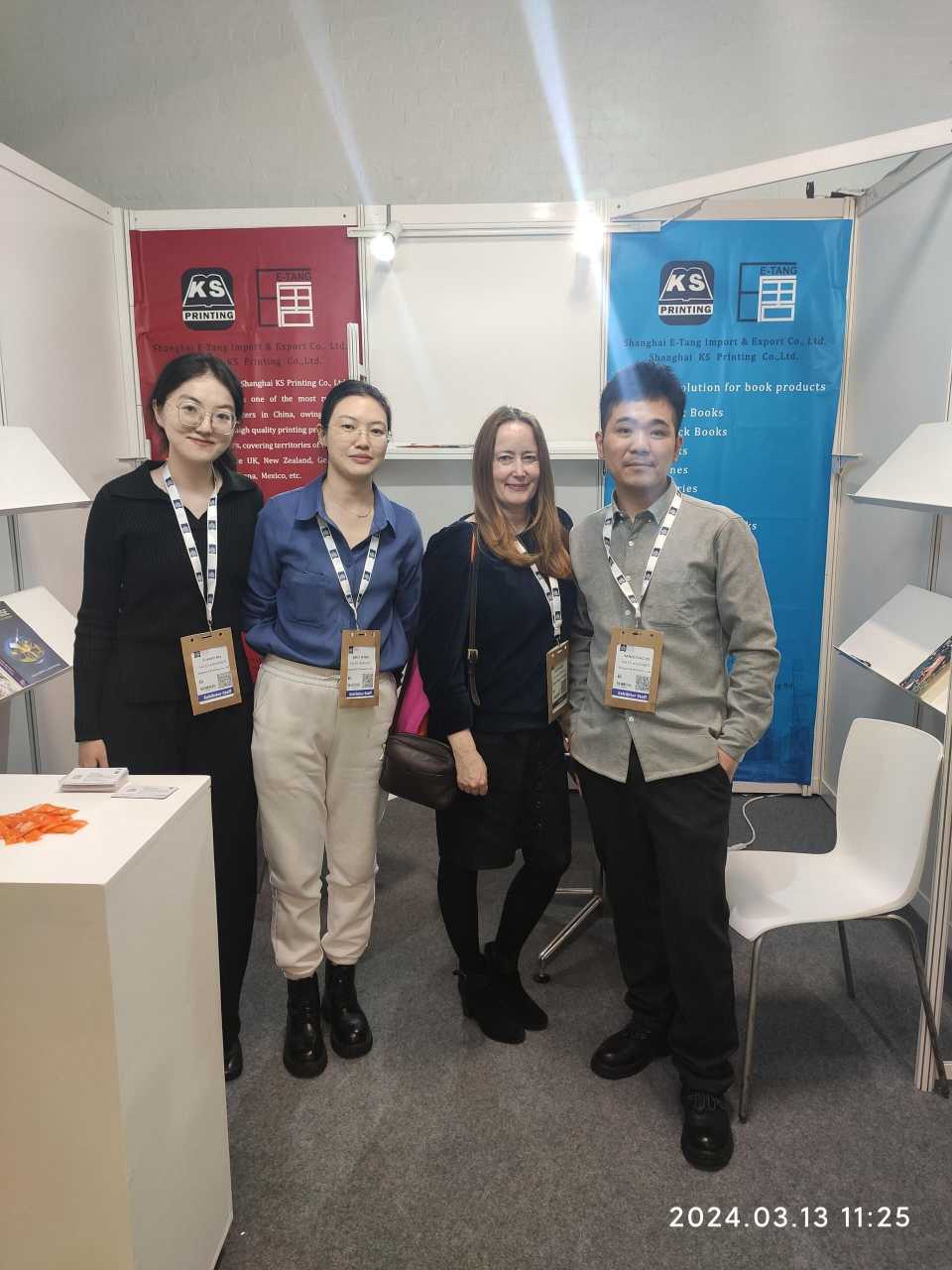children book printer, the three elements of the printing process
2021-04-30
children book printer, the three elements of the printing process
It is often the case that the pre-press designer feels that the work is perfect. Still, after delivering the print production, many problems in the actual printing process make the production process unsustainable or add unnecessary processing difficulties, resulting in higher costs.
Therefore, children's book printing pre-press design to consider the printing process elements, from these elements, pay attention to the printing process issues to achieve a seamless integration of pre-press, printing, post-press, to provide customers with high quality, high efficiency, and low-cost services.
_128501.png)
Beautiful design work is undoubtedly the crystallization of the designer's wisdom and inspiration, but from design work to a printed product, there is still a long way to go. How can we complete the perfect transformation from "work" to "product"? As long as we change the product's design according to the knowledge of printing technology, it can be printed better. So, what printing process should we pay attention to?
The first thing to consider is which type of printing will be used to design the product; the process characteristics of different printing types are entirely different.
Take the four printing methods as an example:
Offset printing has a rich and delicate level of expression; embossed products with precise contours, firm strokes, and bright ink; gravure printing lines are clear, soft, and beautiful, silk screen printing ink layer thick, with a sense of relief; flexographic products simple color blocks and lines give a strong visual impact. Different types of printing have specific design requirements that must be considered in the design.
① For the design of offset printing products, pay attention to these points: whether the resolution of the screen is sufficient; whether the trap value is appropriate; for small fonts, try to avoid four-color overlay to prevent unnecessary printing difficulties; whether the ruler line cutting line is complete; try to avoid the design of large-format full-page pure color block; the directional relationship between graphics and paper fiber, fully consider the requirements of post-processing, etc.
② The design of gravure printing products should avoid overprinting. As most of the printing materials used in gravure printing have great thermal stretch and thermal deformation at high-speed printing, overprint printing is more complicated. So without affecting the design effect, try to avoid multi-color overprinting.
③In designing flexographic products, the following should be avoided:
Avoid designing too small words and too thin lines.
Avoid overprinting two-color or multi-color lines and characters.
Avoid creating little prominently displayed words and lines.
④ When designing products for screen printing, the accuracy requirements of the graphic lines and dots of the original files used in screen printing are also different from the original files used in standard printing methods. If the ropes and drops of the original are excellent, screen printing plate making is tough. Therefore, screen printing techniques are not suitable for reproducing originals with fine lines and dots.
The second thing to consider is selecting materials
When selecting materials, it is essential to consider the variety of materials on the one hand and the materials' specifications on the other. Different kinds of printing materials have different printing suitability, or even completely different, the actual performance of the product results vary greatly. Single-sided coated paper, single-sided offset paper, single-sided coated paper, self-adhesive paper, white paper, gold plate paper, aluminum foil paper, etc...
The issue of material specifications must be considered to avoid additional costs caused by the improper selection of material specifications. Taking booklet printing paper as an example, booklet covers, inserts, and liners within 200 pages are generally made of 100 to 150g paper, more than 200 pages of 120 to 180g paper; 80 to 150g insert paper; depending on the thickness of the book, liners are usually selected between 80 and 150g.
For the same type of paper, the heavier the gram, the higher the price, and the higher the body paper's gram weight, the thicker the spine. Sometimes, it is necessary to adjust the cover paper's gram weight and the number of openings, which creates a series of cascading relationships that often increase the cost of paper.
The Third thing to consider is selecting materials.
In the choice of color, we need to consider the actual reproduction effect of printing; for example, try not to use purple, because the printing ink overlay cyan ink and magenta ink to get purple is generally "dirty," it is difficult to achieve the color displayed on the computer monitor or customer expectations of the color effect, easy to cause color quality accidents.
In the printing graphic design, the resolution setting must be determined according to the design and printing process requirements, especially the printing material (mostly paper) and other factors. Not any picture must be adjusted to the highest resolution. The resolution settings for different objects are as follows:
General newsprint and offset printed color or black-and-white newspapers have a printing screen of 60-100 lines and a 120-200 dpi design resolution.
Generally, offset paper, pictorial paper, coated paper, cardboard, and whiteboard are used to print color images, such as book covers, pictorials, and product advertisements. The printing mesh reaches 150 lines, and the design resolution is 300dpi.
High-grade books, fine picture books, children's books printing, high-grade advertising printings are printed on high-grade coated paper with a printing screen line up to 175 bars and design resolution 350dp.
Excellent books or particular securities, special banknotes, etc., with a design resolution of 400dpi.
To make the successful leap from "job" to "product," whether it is paperback book printing, children book printing, KS-printing designers must understand the printing technology, select and set the parameters for the process issues discussed above, and skillfully apply them to the specific design to successfully meet the requirements of industrial production of print batches, continuously guide and reduce production costs, and create more value for the customer.
For more related questions, please contact us.








































